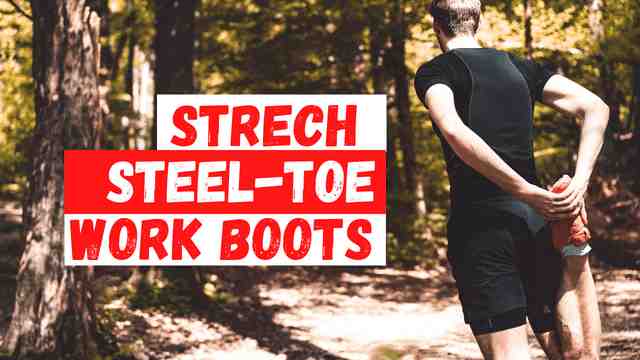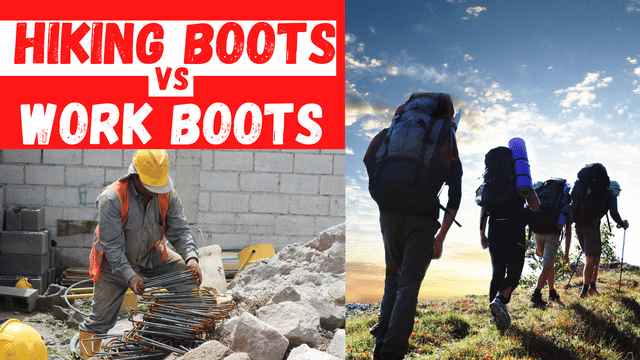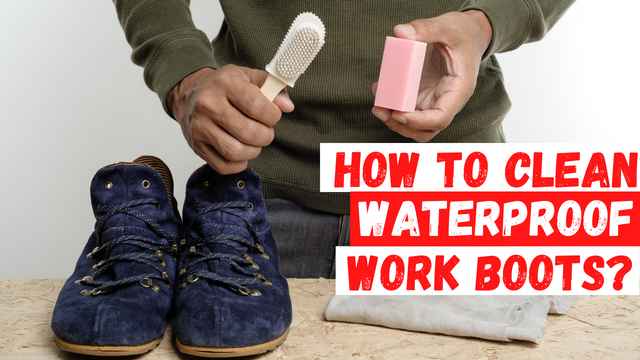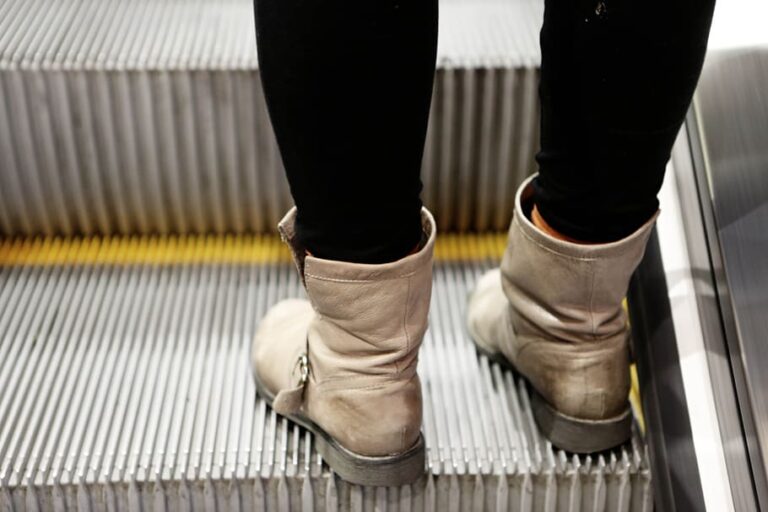How to Keep Feet Dry in Work Boots – 5 Tips
Sweating is a natural and essential process for regulating our body’s temperature, but when it comes to our feet, it can become a persistent nuisance, especially in work boots. Work boots, designed for safety and durability, often contribute to excessive sweating due to their heavy construction.
If you’re frustrated by constantly damp and uncomfortable feet, you’re not alone. Many blogs offer conflicting advice, making it hard to know what works. In this article, we’ll cut through the confusion and provide you with the best tips on how to keep feet dry in work boots.
We’ll discuss how breathable boots, foot powders, proper hygiene, moisture-wicking accessories, and even healthy lifestyle choices can significantly reduce sweating. Say goodbye to sweaty feet and hello to comfort—let’s dive into these effective solutions!
Tips to Prevent Sweating While Wearing Work Boots
Knowing this, you will be happy that sweating in work boots is now the old thing. You will be happy knowing you can keep your feet clean and fresh by applying my simple but smart tips. I have covered this much more precisely but broadly with each aspect.
So forget about sweating feet. Let’s dive into the tips.
Breathable Work Boots Are Good to Keep Feet Dry
Works boots are usually a bit heavy due to their safety features which can increase sweating. Breathable work boots increase the ventilation process. You can minimize the sweating process efficiently by wearing good breathable work boots.
You can choose work boots with mesh lining and moisture-wicking features that help to breathe well and absorb moisture, and finally, it keeps your feet dry.
Use Foot Power to Prevent Sweating
Your breathable work boots will not fully help you to keep your feet dry. You need to get additional help from some other things like footpowder.
Treat your feet with anti-fungal powder, that will help your feet cooler in socks. It also absorbs your sweat and reduces irritations from its antibacterial properties. Make a routine to do it before wearing boots every day.
Foot Hygiene for Keeping feet Dry in Work Boots
Regularly cleaning your feet is the best way to keep your feet free of sweat and odor. Some special soaps and lotions penetrate the pores and save them from smelling. Wash your feet whenever you take off your boots.
Keep changing your socks daily, and one extra thing is to use boots on alternate days if you have more than one pair.
Use Moisture Wicking Accessories in Work Boots to Keep Dry
You have to wear moisture-wicking socks and insoles. They absorb the moisture of your feet and keep them dry and fresh as they are directly in contact with your feet. It will wick moisture effectively.
Yes, if you are already using mesh lining or breathable work boots so, you don’t need the insoles.
Good Eating and Drinking Habits for Less Sweating
There is a misconception that more water drinking causes more sweating, but water drinking maintains your body temperature and will cause reduced sweating. So, drink plenty of water or fluids and maintain healthy body weight.
The fatty body is another major cause of sweating. So, that’s why health coaches recommend eating a healthy diet and exercising regularly to maintain weight. When you succeed in keeping your feet cool, your feet will automatically be dried.
FAQs How to Keep Feet Dry in Work Boots
How do I stop moisture in my work boots?
Dry your boot with the help of some powders like baby powder, or Talcum powder. You can use these powders in your boots to absorb moisture and also will help in wicking sweat. Using any of them, never forget to remove residue at the end of the day daily.
How do I keep the inside of my work boots dry?
Keeping the inside of your work boots dry is essential for comfort and foot health. Here are three effective strategies:
Maintain the Outer Waterproofing: Regularly apply a waterproofing treatment to the exterior of your boots. This prevents water from penetrating the outer material and keeps the inside dry. Be sure to clean your boots thoroughly before applying the treatment to ensure maximum effectiveness.
Wear Moisture-Wicking Socks and Insoles: Invest in high-quality moisture-wicking socks and insoles. These accessories are designed to draw moisture away from your feet and boots, keeping them dry and comfortable throughout the day. Look for materials like merino wool or specialized synthetic fibers that offer excellent moisture management.
Invest in a Waterproof Boot Liner: Waterproof boot liners provide an extra layer of protection inside your boots. These liners act as a barrier against moisture, ensuring that your feet stay dry even in the wettest conditions. They are especially useful if you frequently work in environments where your boots are exposed to water or dampness.
By combining these methods, you can effectively manage moisture and keep the inside of your work boots dry, enhancing both comfort and longevity.
How to keep feet dry in wet boots?
Keeping your feet dry in wet boots is crucial to prevent discomfort and potential foot issues. Follow these steps to stay dry and comfortable:
Remove Wet Socks and Shoes: As soon as possible, take off your wet socks and boots. Wet footwear can lead to blisters and fungal infections, so it’s important to address this quickly.
Air Dry Your Feet: Allow your feet to air dry thoroughly. If you’re in a hurry, use a clean towel to dry them off. Ensuring your feet are completely dry before putting on new socks is essential.
Put on Dry Socks: Always carry an extra pair of dry socks. Put these on once your feet are dry to keep them comfortable and reduce the risk of irritation.
Use a Plastic Bag Barrier: To keep your feet dry while your boots are still wet, wrap a plastic bag around each foot before putting your boots back on. This creates a barrier between your dry socks and the wet interior of your boots, keeping your feet dry until you can properly dry out your boots.
By following these steps, you can maintain dry feet even when your boots are wet, ensuring comfort and preventing potential foot problems.



